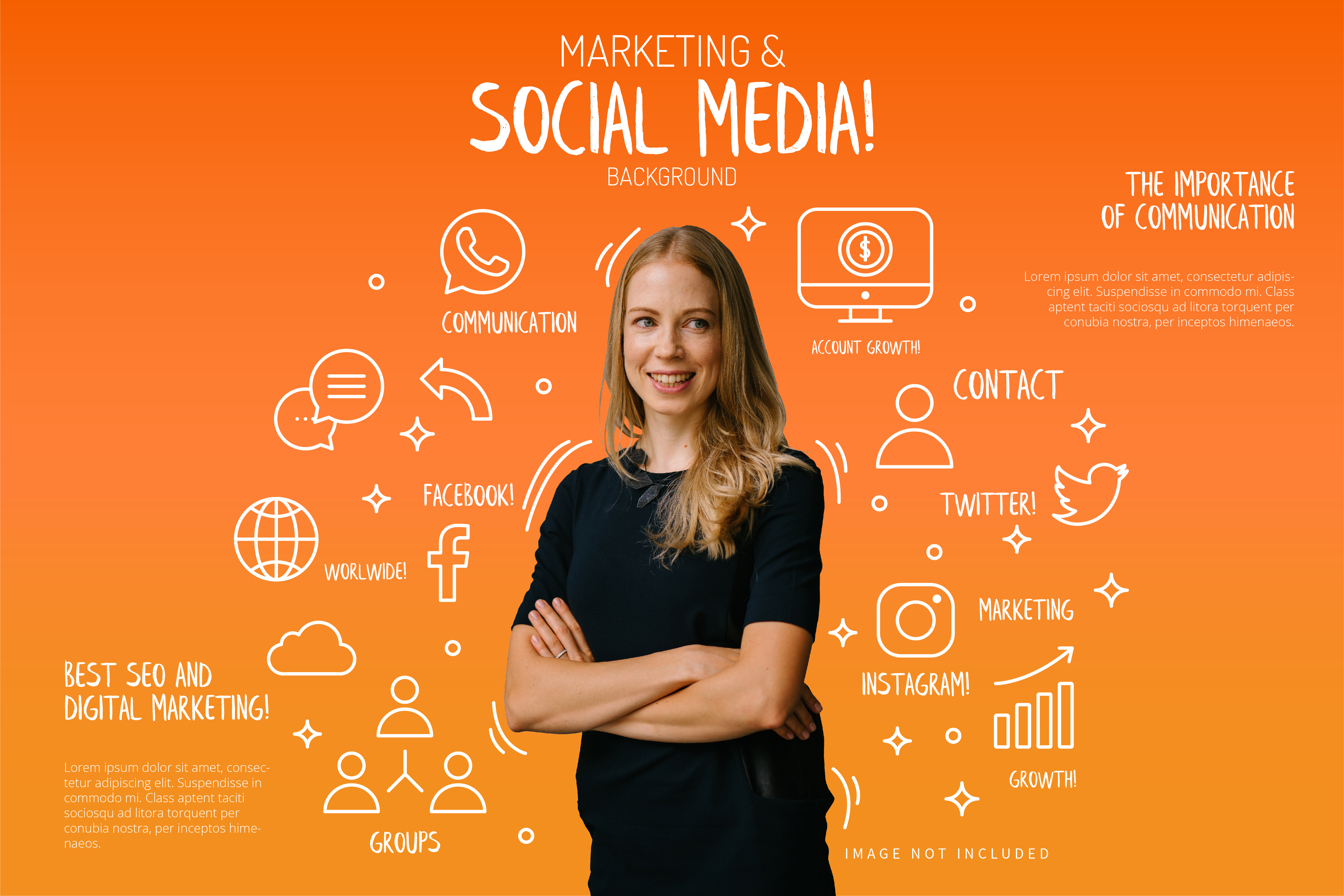
Social Media Strategy: The Final Monitor for Small Businesses
Table of Contents
Introduction
In today’s digital background, a strong social media strategy is important for small businesses looking to growth brand awareness, energy sales, and build a loyal customer base. With billions of active users on platforms like Facebook, Instagram, LinkedIn, and Tiktok, your business has a powerful opportunity to connect with prospective customers. But only having social media accounts is not sufficient—you need a calculated plan to stand out and grow.
In this guide, we’ll walk you through the best social media strategy for small businesses, covering everything from platform selection and content creation to engagement tactics and advertising.
Why Small Businesses Need a Social Media Strategy
A well-planned social media strategy helps businesses:
- Boost brand visibility and credibility
- Attract and engage potential customers
- Drive traffic to their website
- Generate leads and conversions
- Stay forward of competitors
Choosing the Right Social Media Platforms for Your Business
Not all social media platforms are created equal. Your strategy should focus on the platforms where your target audience is most active. Here’s a breakdown:
1. Facebook
- Best for: Local businesses, eCommerce, B2C brands
- Content type: Videos, live streams, images, events, ads
- Key advantage: Facebook Ads offer detailed targeting options
2. Instagram
- Best for: Lifestyle, fashion, beauty, food, travel, and visual-based businesses
- Content type: Stories, reels, IGTV, product showcases
- Key advantage: High engagement rates with visual content
3. LinkedIn
- Best for: B2B businesses, professional services, recruiters
- Content type: Articles, thought leadership posts, company updates
- Key advantage: Builds credibility and professional connections
4. TikTok
- Best for: Brands targeting Gen Z and Millennials
- Content type: Short-form videos, trends, influencer collaborations
- Key advantage: Viral potential and high engagement
5. Twitter
- Best for: News updates, tech companies, customer service
- Content type: Short posts, industry news, hashtags, retweets
- Key advantage: Real-time engagement with customers
Creating an Active Social Media Content Strategy
To preserve your audience engaged and coming back for more, you need a well-supposed-out content strategy. Here’s how:
1. Plan Your Content Calendar
-
Post constantly (daily, 3-5 times a week, or as per engagement trends)
- Use tools like Buffer, Hoot suite, or Meta Business Suite to schedule posts
2. Use a Mix of Content Types
-
Educational: Tips, how-to guides, industry insights
- Promotional: Product updates, offers, new launches
- Engagement-based: Polls, Q&A sessions, contests
- User-generated content: Customer testimonials, reviews
3. Leverage Hashtags and Trends
-
Use relevant and trending hashtags to reach a larger audience
- Create branded hashtags for campaigns
4. Engage with Your Audience
-
Respond to comments and messages promptly
- Run interactive campaigns like live Q&As, giveaways
- Collaborate with influencers and brand ambassadors
Local Business Social Media Strategy
If you run a local business, social media can help you reach customers in your area effectively:
- Enhance your Google My Business profile and link it to your social media
- Use location-based hashtags
Inspire customers to leave reviews and share their familiarities - Mate with local influencers for promotions
Social Media Advertising for Small Businesses
Paid advertising can suggestively boost your reach and conversion rates. Here’s how:
1. Facebook & Instagram Ads
-
Aim audience based on age, location, interests, and behaviors
- Use magazine ads, stories ads, and video ads for improved commitment
2. LinkedIn Ads
-
Best for B2B lead generation
- Sponsored content and in Mail campaigns work best
3. Tiktok & YouTube Ads
-
Great for viral and video marketing campaigns
- Short and engaging video ads perform best
Measuring Success: Social Media Analytics
Tracing your social media performance is important. Use tools like:
- Facebook & Instagram Insights – Engagement, reach, clicks
- Google Analytics – Website traffic from social media
- LinkedIn Analytics – Profile views, post-performance
- tiktok Analytics – Video views, follower growth
Often analyze metrics and adjust your plan based on performance.
Conclusion
A well-crafted social media strategy can take your small business to new heights. By selecting the right platforms, creating engaging content, and leveraging paid advertising, you can grow your brand, attract more customers, and increase sales. Start implementing these strategies today to see measurable results!
Asked Questions (FAQs)
What services does Marketing Waly offer?
Marketing Waly specifies in digital marketing services, including SEO, social media marketing, web development, and UI/UX design. We help businesses advance their online visibility and generate more leads through data-driven plans.
How can Marketing Waly help my business with social media marketing?
We offer custom-made social media plans, content creation, advertising management, and audience engagement techniques to help your brand grow on platforms like Facebook, Instagram, LinkedIn, and tiktok.
How can I get started with Marketing Waly?
You can visit our website MarketingWaly.com, contact us via email at, or call us at +92 312 0821011 to discuss your digital marketing needs.
How often should small businesses post on social media?
The ideal posting frequency depends on the platform. Generally, businesses should post at least once per day on Facebook and Instagram, 1-2 times per day on Twitter, and a few times a week on LinkedIn. Consistency and engagement matter more than just volume.
How can small businesses measure social media success?
Businesses can track key performance indicators (KPIs) such as engagement rates, follower growth, website traffic from social media, conversions, and customer queries. Using analytics tools like Facebook Insights, Google Analytics, and LinkedIn Analytics can help extent performance successfully.
Comments (0)
No comments yet. Be the first to share your thoughts!
Related Articles
No related articles found.